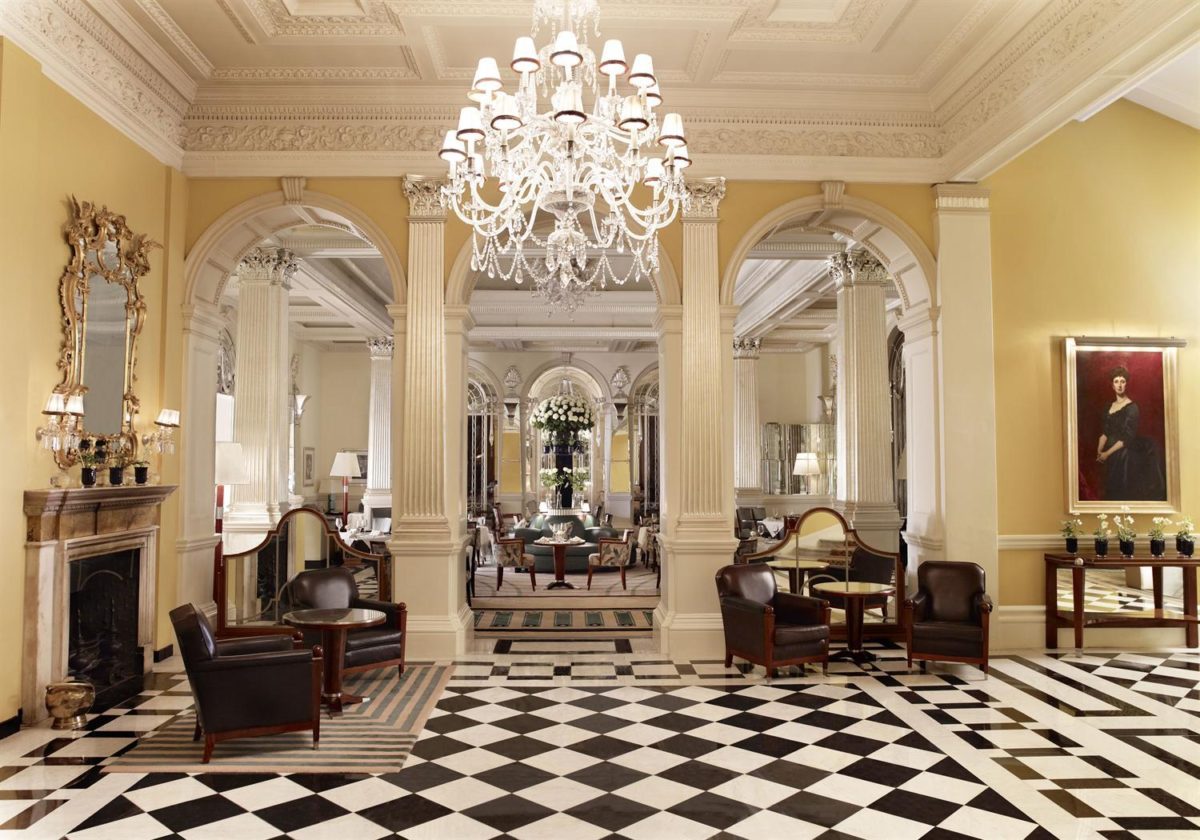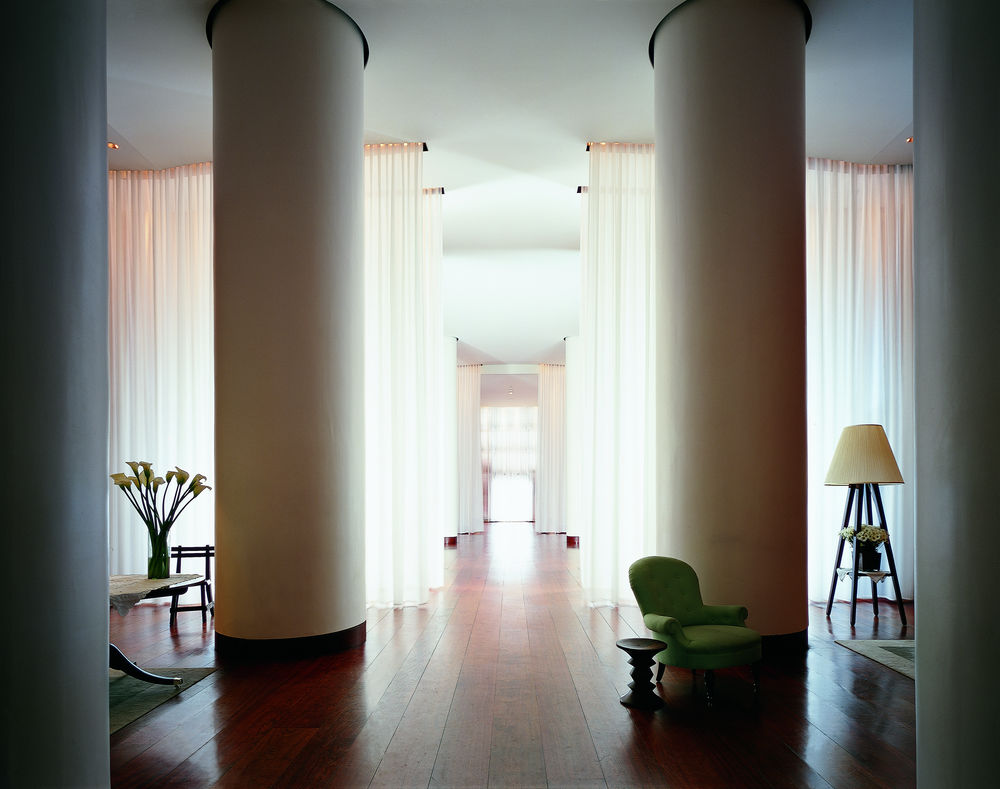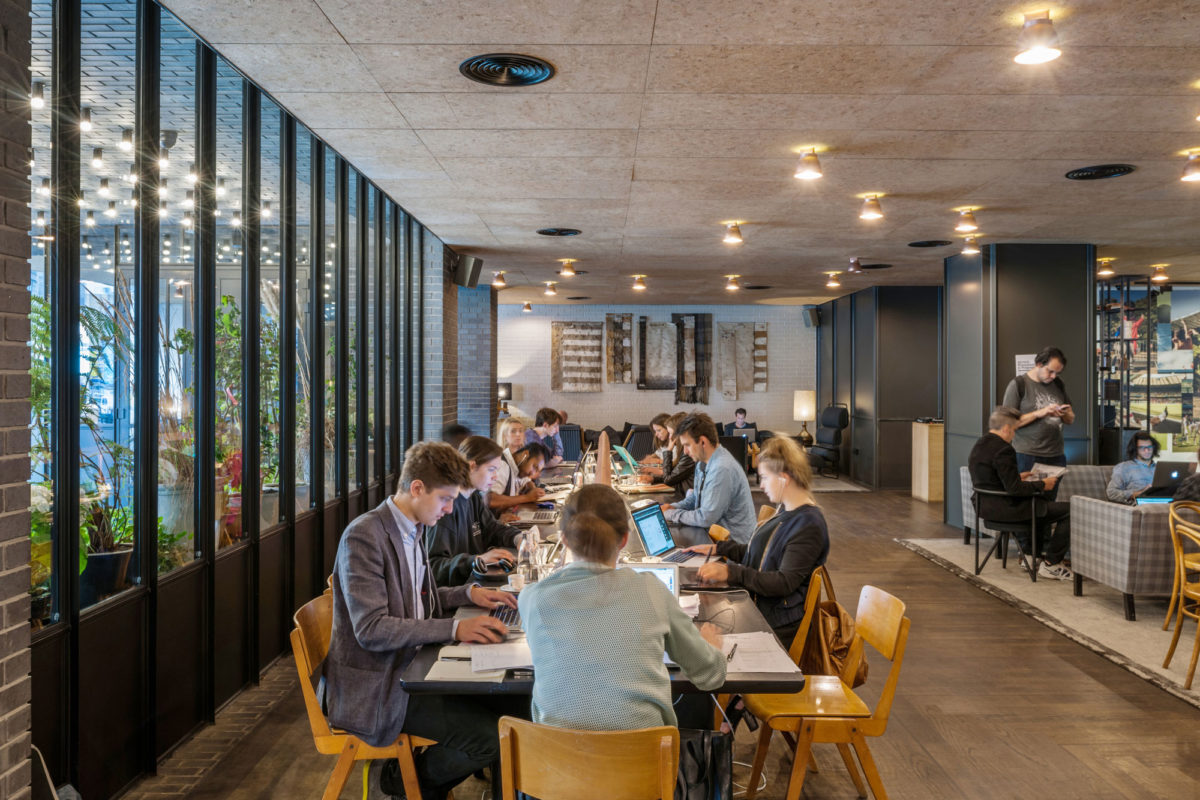Lobby Culture: The Evolution Of The Hotel Lobby From The 15th Century To Present Day
By Something Curated“The origin of the modern hotel was in Paris in the 15th century. Wealthy aristocrats built lavish houses in the centre of the city called Hôtel Particuliers. Because the houses were expensive and often empty for much of the year, someone came up with the idea of renting out rooms to other aristocrats (those who didn’t have their own city estates). Someone who wanted to stay had to write to the house and ask if there was availability, and this even included the owner. As a result, hotels have always occupied a very strange status as neither private homes nor public spaces – to this day, who has the right to occupy a hotel lobby is very unclear. The hotel provides them mainly for paying guests, while not wanting to discourage anyone from entering them,” architect and writer Jack Self told Something Curated.
It was only during the late 18th and early 19th century that London saw a prominent rise in the development of hotels as we know them today. Historically, lodging in the capital for most was the domain of guesthouses and coaching inns. There wasn’t a thriving tourist industry due to the difficulty and cost associated with travel, and the wealthy tended to own or rent accommodation rather than stay in a hotel. The sector flourished as the railways grew and passenger numbers soared bringing more visitors to London. Around the same time, the cost of living in the city considerably increased, and it became commonplace to stay in hotels rather than second homes. Hotels that were deemed to be of a high standard, catering to aristocracy and the upper-class, were termed ‘Palace Inns’, with around thirty, all located in the West End, comprising establishments like Browns Hotel, Mivarts, which later became Claridge’s, and the Cavendish Hotel.

During this period, the hotel lobby was a place for the gentry to see and be seen, and to enjoy the pleasure of being in public, whilst remaining in a decidedly guarded space. Hoteliers worked hard to make these areas comfortable for their elite guests, maintaining a definite sense of exclusivity by operating their venues similarly to today’s members clubs. This model changed radically during the mid and late 1900’s as newly built hotels, responding to mass demand, created growingly sparse and practical lobbies, influenced by cost efficacy and the rapid pace of growth in tourism and business travel, serving chiefly as waiting areas rather than ornamental socials spaces.
In the 1980’s and through the 90’s redundant office blocks were becoming common in London and led to hotel chains repurposing these spaces. Often these standardised environments catered to a largely corporate clientele. Though the practice of using hotel lobbies for informal meetings was not new, the tendency accelerated during this period as business travel boomed and hotels once again invested heavily in their public spaces, expanding them and installing wireless Internet service in their communal zones, combining open spaces with more private areas for small groups to meet and work together, allowing visitors to tailor the space to suit their needs.

A number of distinctive establishments, notably, The Delano South Beach, designed by architect Robert Swartburg, championed a return of importance to the lobby as a space for public socialising, offering a new type of place to be seen. The Miami Beach resort, known for its whimsical, art-deco styling and its eminent clientele, integrated spacious and luxurious communal spaces, offering a selection of hotel amenities, including a lobby bar, to non-residents of the establishment. This setup advocated an assimilation of the local community with transient guests, cementing The Delano’s position as a Miami icon.
Today, the lobby is often an important gathering spot and a destination in itself. The space has gradually evolved into a hybrid area, where a breadth of demographics can coexist happily. Oliver Marlow of Studio TILT explains: “There are no more single use spaces. The idea of architecture that serves a single function has been superseded by convergence, multiple use and flexibility. The challenge for space designers now is to create the conditions for many uses, for communal spaces like a hotel lobby to become conducive too for collaborative working or focused reading. As technology has converged in the palm of our hand, so too has space. To understand this and design for it is complex. It requires an approach that synthesises multiple needs, changing groups and smart use of space and the elements within it.”
Interestingly, some establishments, Alex Calderwood’s Ace Hotel in particular, has taken the function of the lobby further, defiantly blurring the line between public and private space. Even in the most multifunctional of lobbies, there is a certain expectation of patronising the establishment to legitimise time spent there, but the Ace’s “everybody’s welcome” model offers visitors a convivial and largely undisturbed space with access to amenities as required. The founder said, “Ace is meant to have the feel of visiting with friends, so the experience you find here just depends on what you’re into.” Calderwood envisioned a space that could be used by both the community and the hotel guests together, keen to encourage the mingling of people from diverse social spheres and professions. As well as a sizable working area in the lobby, where anyone is free to setup, the London outpost features a local florist, restaurant, J.W. Anderson boutique, record store and nightclub.

London-based architect and designer Sam Jacob notes: “For a long time the hotel lobby was a kind of dead space given over to waiting or otherwise hanging around surrounded by too many polished things and too much chintz. A place that was supposed to be relaxing but more often was suffused with a low-key anxiety. More recently, at places like Ace Hotel, this over-specced dead zone has become something far more exciting – a place where things can happen – almost an extension of the street as a public space that is part workspace, part bar, part retail platform, part gallery. This is a different way of thinking about this ground floor hotel space, reimagining its ‘in-between-ness’ not as a limbo but as a place where activities and events can hybridise into more exciting combinations.”
Bibliography:
Sara J. Welch, ‘Let’s Meet in the Lobby’, The New York Times, 2006
Saeed Kazmi, ‘The New Hotel Lobby: Combining Technology & Culture’, Hotel Executive, 2011
Andy Beckett, ‘Alex Calderwood: The Cool Hunter’, The Guardian, 2014
Words by Keshav Anand